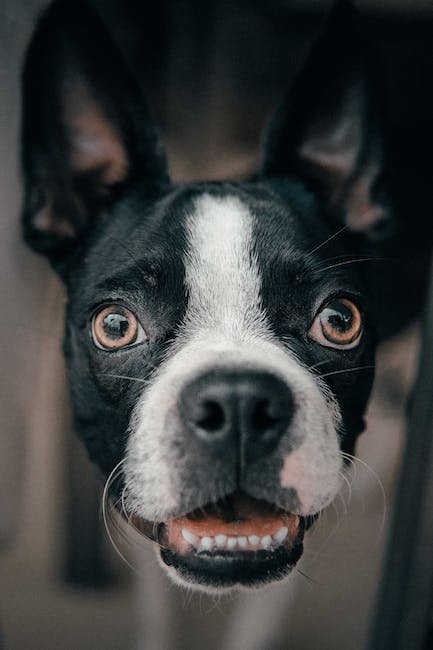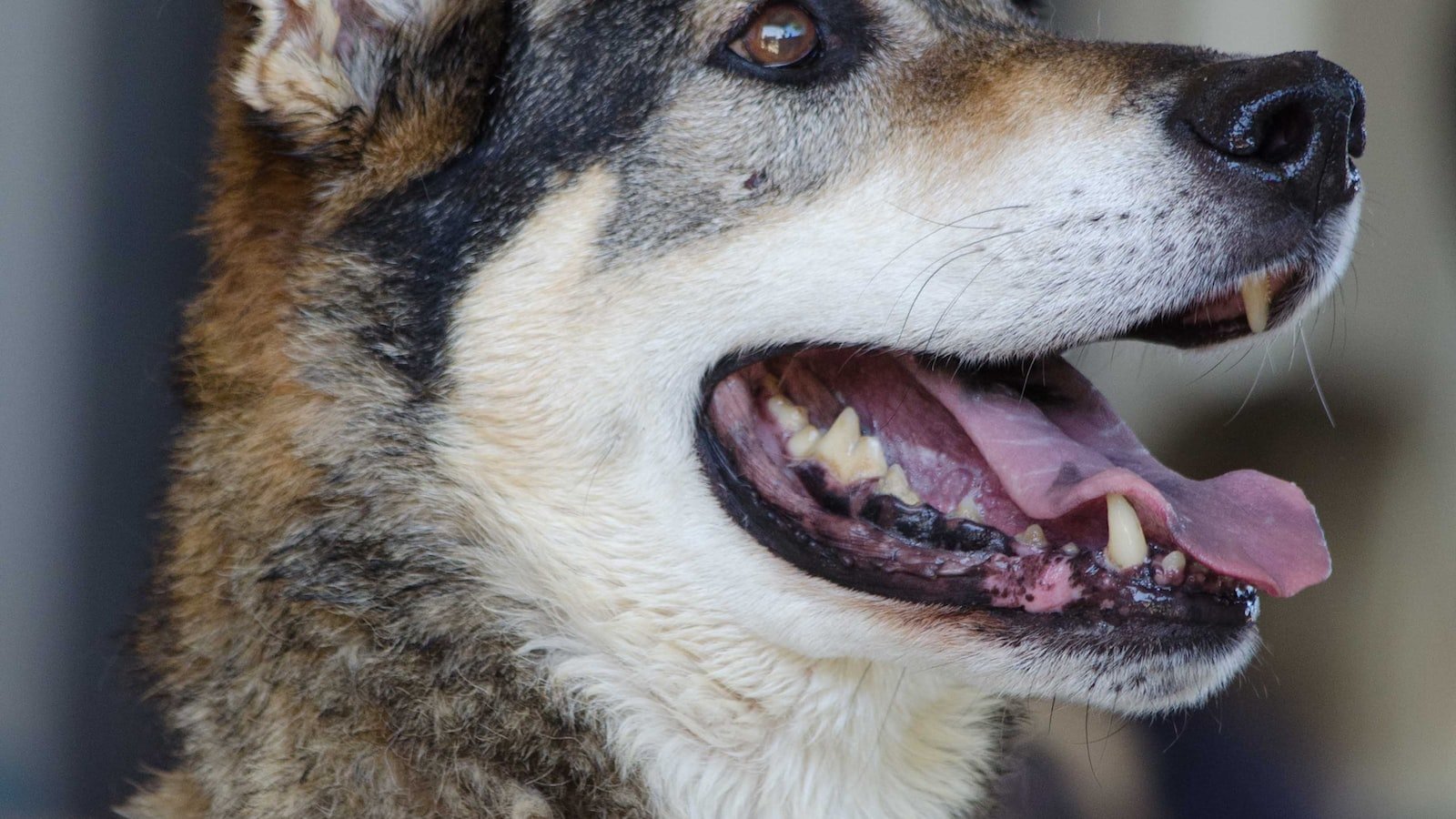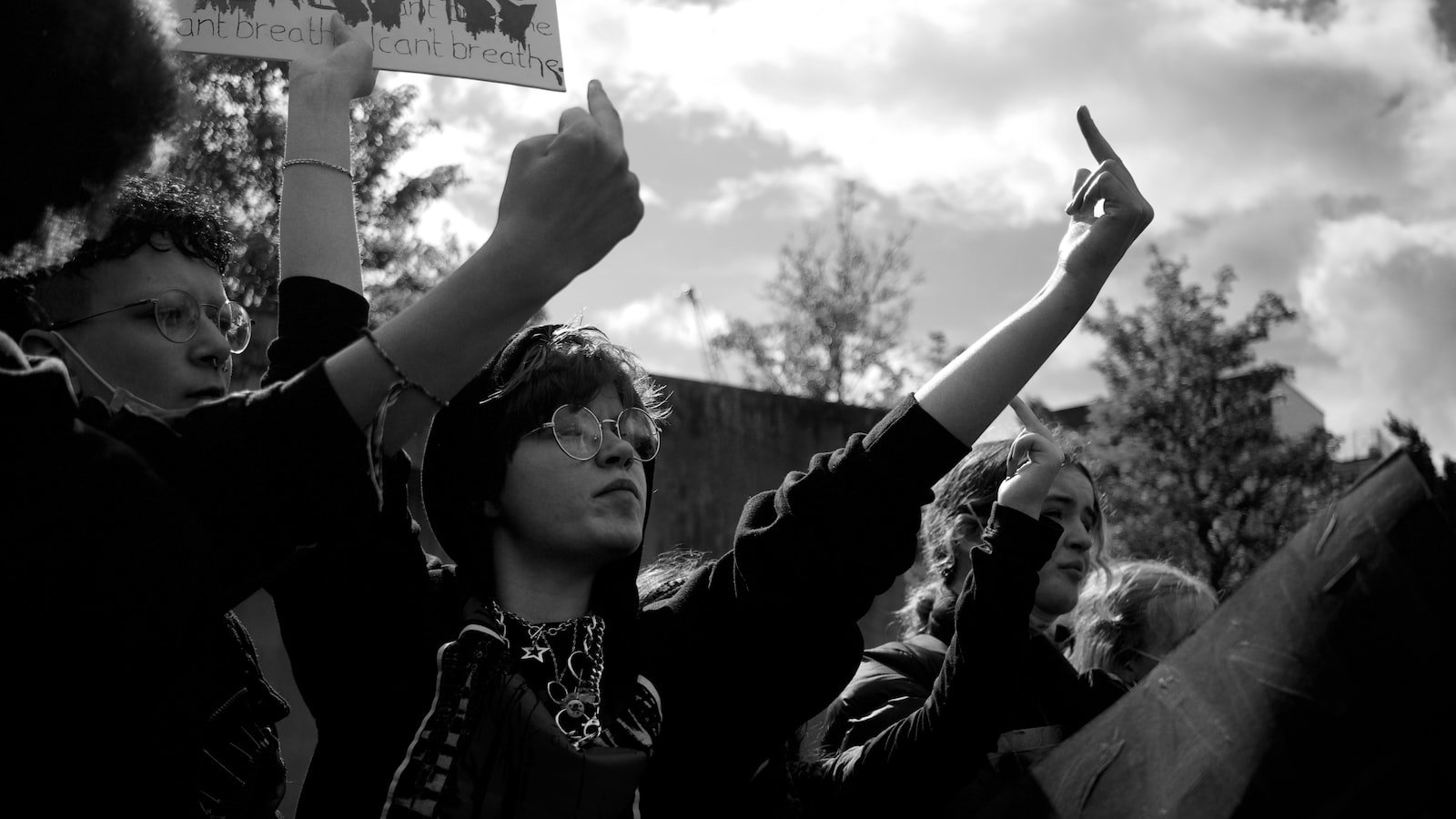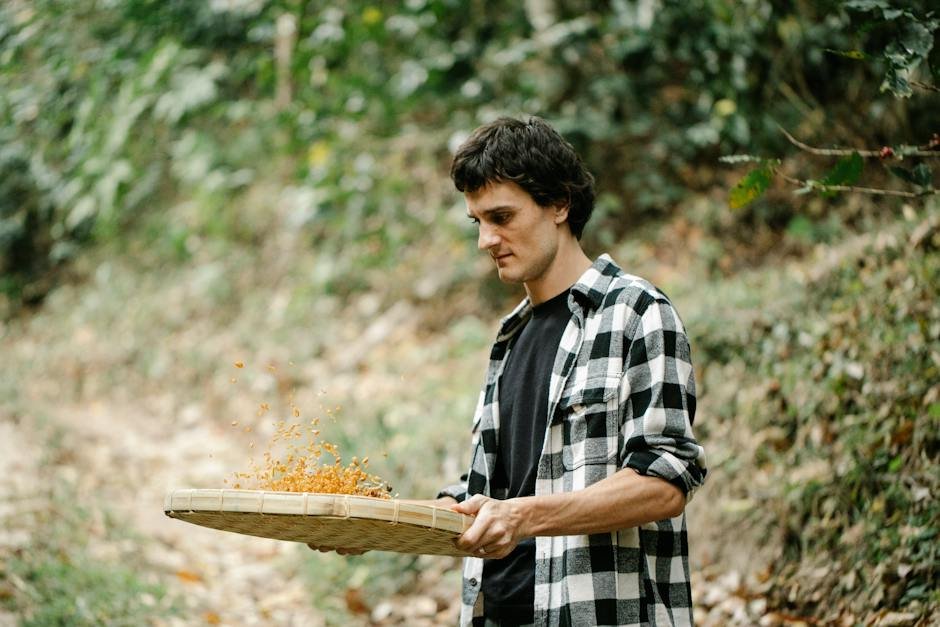In the golden light of dawn, their paws gracefully dance across the rich tapestry of nature’s terrain, their noses lifted high, capturing every scent floating through the air. These extraordinary canines possess an innate ability to detect the faintest traces of human odor, unveiling a symbiotic partnership between man and his loyal four-legged companions in the unforgiving realm of search and rescue. As the world marvels at the undeniable power of these remarkable creatures, it becomes increasingly apparent that scent work lies at the very heart of their training. By unraveling the secrets hidden within the intricate world of smells, search and rescue dogs are not only able to locate the lost and save lives, but also uncover a deeper understanding of the remarkable bond that unites canine and human.
Table of Contents
- The Sensitive Olfactory System: A Dog’s Natural Talent for Scent Work
- Building Strong Foundations: Training Methods for Developing Search & Rescue Dogs
- The Vital Role of Scent Discrimination: Enhancing Canine Search Capabilities
- Navigating Challenging Environments: Scent Work Techniques for Complex Search Scenarios
- Training for Real-Life Scenarios: Incorporating Realistic Search & Rescue Simulations
- Q&A
- The Conclusion

The Sensitive Olfactory System: A Dog’s Natural Talent for Scent Work
Can you imagine being able to detect the scent of a single drop of blood in a swimming pool? Or being able to track a person through a maze of smells, leading to their exact location? These remarkable feats are just a glimpse of the incredible talent that dogs possess when it comes to their olfactory system.
Dogs have an extraordinary sense of smell that is far superior to humans. Their noses are equipped with around 300 million olfactory receptors, compared to a mere 6 million in our own noses. This means that dogs have a much greater capacity for detecting and discriminating smells. Additionally, the part of a dog’s brain that processes smells is proportionally much larger than ours, further enhancing their scent-detecting abilities.
The sensitivity of a dog’s olfactory system is not limited to detecting scents but also extends to their capability for scent work. Dogs have been trained to perform various tasks using their superb noses. They can track missing persons, locate survivors in disaster situations, detect drugs or explosives, or even identify diseases like cancer or diabetes through scent samples. Their sharp sense of smell enables them to differentiate between different odors and pinpoint specific scents, making them invaluable partners in search and rescue operations as well as in medical fields.
- A dog’s nose can detect odors up to 100,000 times better than a human’s nose.
- They can track scents that are days, weeks, or even months old.
- Dogs can detect certain diseases by sniffing urine, breath, or skin samples.
Next time you see a dog enthusiastically sniffing the air or intensely working their nose on a scent trail, remember the incredible talent they possess. Their sensitive olfactory system sets them apart and allows them to unleash their natural talent for scent work. It’s no wonder they are often referred to as man’s best friend, with a nose that never ceases to amaze!

Building Strong Foundations: Training Methods for Developing Search & Rescue Dogs
When it comes to search and rescue missions, having well-trained dogs can make all the difference. These four-legged heroes are trained using various methods that focus on building strong foundations. Here are some effective training techniques:
-
Positive Reinforcement: This method involves rewarding a dog for desired behaviors, such as finding a hidden object or tracking a scent. Treats, toys, praise, and other forms of positive reinforcement can be used to motivate and reinforce the dog’s actions, creating a positive association with the tasks they need to accomplish.
-
Scent Discrimination: Developing a search and rescue dog’s ability to differentiate between scents is crucial. Training activities that focus on scent discrimination help them to distinguish the scent of a specific person or object amongst distractions or other scents. This skill enables these amazing canines to locate missing individuals or items accurately.
-
Physical Conditioning: Search and rescue work is physically demanding, so ensuring the dogs are in top shape is essential. Training methods often include exercises that improve endurance, agility, strength, and overall fitness. This not only allows them to perform their duties more effectively but also helps to prevent injuries during challenging rescue operations.
By employing these training methods, search and rescue organizations can develop highly skilled dogs that are ready to face any challenge. Building strong foundations through positive reinforcement, scent discrimination, and physical conditioning allows these remarkable animals to save lives and bring hope to those in need.

The Vital Role of Scent Discrimination: Enhancing Canine Search Capabilities
In the world of search and rescue, one thing is clear: a dog’s sense of smell is unparalleled. But what sets a highly trained search dog apart from an ordinary pet? The answer lies in their ability to discriminate scents, a skill that plays a vital role in enhancing their search capabilities.
Scent discrimination refers to a dog’s capacity to differentiate between various odors and identify specific targets. This extraordinary ability is honed through rigorous training that stimulates their olfactory senses and sharpens their ability to identify and isolate particular scents amidst a sea of distractions.
Through scent discrimination, these remarkable canines become indispensable assets in various fields, including search and rescue operations, drug detection, and even medical diagnostics. Their highly developed sense of smell enables them to detect and track scents, leading them to missing persons, contraband substances, or even diseases like cancer.
- The extensive training involved in scent discrimination focuses on teaching dogs to identify scents based on their unique chemical composition.
- Canine search teams follow a meticulous process that helps them eliminate false positives and identify the target odor accurately.
- During searches, dogs use their keen sense of smell to track the scent they have been trained to detect, despite interference from other smells in the environment.
Ultimately, the ability to discriminate scents empowers these remarkable canines to navigate complex situations with precision and efficiency. Their contribution to various fields is a testament to the incredible bond between humans and dogs, and the extraordinary capabilities that can be unlocked through training and dedication. The vital role of scent discrimination in enhancing canine search capabilities cannot be overstated, as these remarkable animals continue to prove themselves as invaluable partners in the ongoing quest to keep our communities safe.

Navigating Challenging Environments: Scent Work Techniques for Complex Search Scenarios
Scent work, also known as nose work, involves training dogs to use their sense of smell to locate specific scents. While it can be a rewarding activity for both dogs and their handlers, it can also present challenges in certain search scenarios. In this section, we will explore some techniques that can help navigate these complex environments.
1. Utilizing the ”Start Line”: When faced with a challenging search scenario, it’s essential to establish a strong start line. This means setting a clear boundary or starting point for both you and your dog. Creating a physical or visual marker can help your dog understand where to begin searching, preventing confusion and guiding their focus.
2. Breaking the Search Area into Zones: Complex search scenarios often require systematic searching. To effectively navigate these environments, consider dividing the search area into zones. This approach can help ensure comprehensive coverage of the area, preventing any missed scents. Use visual markers or physical barriers to clearly distinguish between zones and maintain a methodical approach.
3. Introducing Distractions Gradually: In challenging environments, distractions can be abundant and pose difficulties for your dog. To improve their focus and resilience, gradually introduce distractions during training sessions. Start with low-level distractions and gradually increase the difficulty as your dog becomes more proficient. This approach will help build their confidence in complex search scenarios.
By employing these techniques and adapting them to the specific challenges of complex search environments, you and your dog can navigate and conquer any scent work scenario that comes your way.
Training for Real-Life Scenarios: Incorporating Realistic Search & Rescue Simulations
When it comes to training for search and rescue scenarios, nothing beats incorporating realistic simulations. These simulations provide invaluable hands-on experience and allow rescue teams to develop the necessary skills and tactics to handle real-life emergencies with confidence and precision.
In our training programs, we utilize state-of-the-art technology to create immersive simulations that closely mimic real-life scenarios. From earthquake aftermaths to mountainous terrains, our simulations accurately recreate the challenges search and rescue teams may encounter in their line of work.
During these simulations, participants are exposed to a variety of situations they may face in the field. They learn how to navigate treacherous terrain, rescue victims from collapsed buildings, and even coordinate helicopter evacuations. By experiencing these scenarios in a controlled environment, trainees gain practical knowledge and develop critical decision-making skills.
We also incorporate interactive elements within our simulations, allowing trainees to communicate with each other and practice effective teamwork. Through these simulations, participants learn the importance of clear communication, collaboration, and adaptability in high-pressure situations.
By incorporating realistic search and rescue simulations into our training programs, we aim to equip rescue teams with the necessary skills and confidence to save lives during emergencies. Through hands-on experiences, trainees become better prepared to handle the unexpected challenges they may face in real-life scenarios, increasing the efficiency and effectiveness of search and rescue operations.
Q&A
What is scent work?
Scent work is a specialized training technique that harnesses a dog’s natural sense of smell to locate specific scents or odors. It is often used in search and rescue scenarios to track down missing individuals or detect certain substances.
What role does scent work play in search and rescue dog training?
Scent work is a crucial component of search and rescue dog training. It trains dogs to differentiate between various scents, follow specific scent trails, and accurately detect the target scent. This enables them to effectively locate and alert their handlers to the whereabouts of missing persons or substances.
How do dogs use their sense of smell during scent work in search and rescue?
Dogs possess an extraordinary sense of smell, allowing them to detect scents that humans cannot perceive. During scent work in search and rescue, dogs use their olfactory receptors to identify and follow the scent trails left behind by missing individuals or substances. They can track scents over vast distances and even distinguish between different individuals within crowded environments.
What types of scents are commonly used in search and rescue dog training?
Typically, search and rescue dogs are trained to detect scents such as human scent, human remains, explosives, narcotics, or even live animals. Depending on their specialization, dogs are trained to focus on specific scents to aid in different rescue operations.
How are dogs trained in scent work for search and rescue purposes?
Training for scent work in search and rescue begins with teaching dogs to associate a specific scent with a reward. Then, dogs progress to tracking and following scent trails, eventually mastering more complex search scenarios. Positive reinforcement is used throughout the training process to reinforce desired behaviors.
What breeds are commonly used as search and rescue dogs?
Several breeds excel in search and rescue work due to their exceptional sense of smell, physical endurance, and intelligence. Common breeds used in search and rescue include German Shepherds, Labrador Retrievers, Bloodhounds, and Belgian Malinois, among others.
Is scent work suitable for all dogs?
While any dog can participate in scent work as a recreational or training activity, not all dogs possess the necessary traits to become proficient search and rescue dogs. Dogs used in official search and rescue operations require specific temperament, trainability, and physical capabilities.
What is the significance of scent discrimination in search and rescue dog training?
Scent discrimination is vital in search and rescue dog training as it enables dogs to identify and distinguish the target scent among a variety of distracting odors. This skilled discrimination helps search and rescue teams locate missing persons quicker and with greater accuracy.
The Conclusion
As we bring this olfactory odyssey to its conclusion, it is abundantly clear that the role of scent work in search and rescue dog training cannot be underestimated. From the moment these remarkable canines embark on their training journey, their noses become their guiding compass, their innate ability to detect scents transforming them into heroes of the rescue mission.
In a world where time is of the essence, these four-legged detectives are the perfect embodiment of dedication, loyalty, and skill. It is through their extraordinary olfactory prowess that they unearth the answers, traversing treacherous terrain and battling against the elements. They dedicate countless hours to perfecting their craft, tirelessly honing their abilities so that, in the most critical moments, they can quickly locate survivors and bring them back to safety.
But beyond their astounding abilities lies an unassuming grace that binds them to their human counterparts. It is in the seamless partnership between human and canine that the true magic of search and rescue is revealed. With mutual trust and profound understanding, these teams form an unbreakable bond, built upon meticulous training, practice, and mutual respect.
Searching tirelessly through the wreckage, delving into the unknown, these exceptional dogs exhibit unwavering determination that goes far beyond their natural instincts. Their steadfast commitment becomes a beacon of hope, a symbol of resilience in the face of adversity.
So, as we bid farewell to the intricate world of scent work in search and rescue dog training, let us acknowledge the tireless efforts of these unsung heroes. Their fierce drive, unwavering dedication, and unwavering noses continue to rewrite the script of what is possible in life-saving endeavors. With each successful mission, they inspire us to believe in the extraordinary power of teamwork – the harmony found within the harmony of man’s best friend.
And the next time you find yourself in awe of these remarkable canines, remember the role their scent work plays. Behind their wagging tails lie the stories of countless lives saved and the immeasurable impact they make in our world. So let us forever cherish and honor these extraordinary creatures who selflessly devote their lives to search and rescue, forever improving and rewriting the narrative of human survival.
As an affiliate, my content may feature links to products I personally use and recommend. By taking action, like subscribing or making a purchase, you’ll be supporting my work and fueling my taco cravings at the same time. Win-win, right?
Want to read more? Check out our Affiliate Disclosure page.